Sandblast equipment, also known as sandblasting equipment, is a versatile tool widely used in various industries for surface preparation, cleaning, and finishing purposes. The equipment typically consists of a blasting cabinet or chamber, an air compressor, a blasting gun or nozzle, and an abrasive material like sand or other media. The process involves propelling the abrasive material at high speed against a surface, effectively removing contaminants, old coatings, rust, or impurities, and creating a smooth and clean surface. Read More…
Our sandblast equipment is designed to handle a wide variety of applications and we use manufacturing methods that guarantee these machines will stand the test of time.
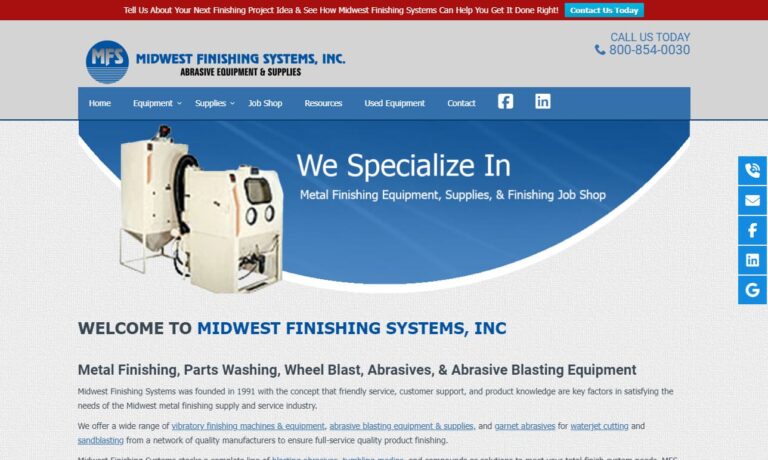
We have decades of experience in the finishing industry and we specialize in aqueous washing, abrasive blasting, vibratory finishing, polishing and buffing.
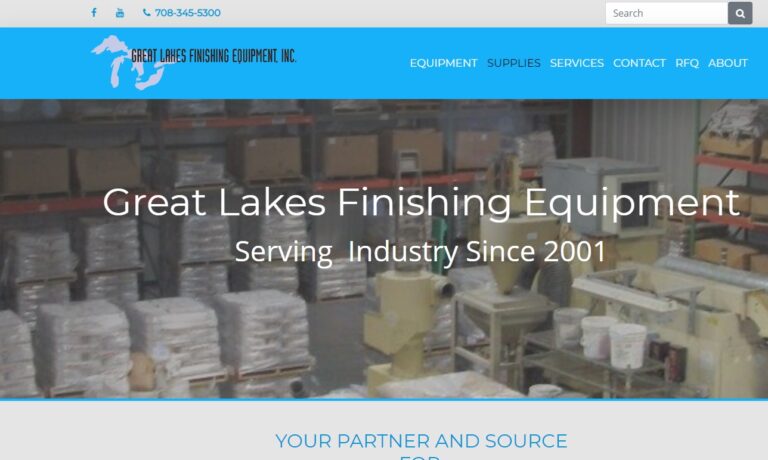
We are SurfacePrep, a trusted leader in surface preparation solutions, dedicated to delivering high-performance sandblast equipment and related products that meet the demanding needs of our customers. Our focus is on providing reliable, innovative equipment and consumables that help businesses achieve optimal surface finishes, improve efficiency, and extend the life of their tools and machinery.

At Allredi, we pride ourselves on being a leading provider of sandblast equipment, delivering exceptional solutions to meet the diverse needs of our customers. Our extensive range of products includes innovative sandblast machines, nozzles, and abrasives, all designed to enhance efficiency and performance in various applications.

At Raptor Blasting Systems, we are dedicated to designing and manufacturing high-quality sandblast equipment built to deliver exceptional performance and reliability for industrial applications. With years of expertise, we have refined our engineering processes to produce blasting cabinets, pressure systems, and abrasive recovery solutions that meet the rigorous demands of our customers.

More Sandblast Equipment Manufacturers
Sandblast equipment is a cornerstone of modern industrial surface treatment, offering reliable and versatile solutions for a multitude of industries. Its general applications include preparing surfaces for painting or coating in manufacturing and automotive industries, as well as cleaning and restoring monuments, buildings, and metal structures. Sandblasting is also widely used to refurbish old machinery and industrial equipment, remove graffiti, and shape materials like glass and stone in artistic and architectural projects. The versatility, efficiency, and effectiveness of sandblast equipment make it an essential tool for a wide range of industrial, commercial, and creative surface treatment processes.

Types of Sandblast Equipment
Sandblast equipment encompasses a diverse array of machines and tools engineered to accommodate different industrial, commercial, and artistic needs. Understanding the available types can help you select the best sandblasting solution for your surface preparation or finishing task. Here are the primary categories of sandblast equipment used by professionals and hobbyists alike:
- Pressure Blasters: These sandblasting machines use compressed air to propel abrasive material at high velocity through a blasting nozzle. They are engineered for heavy-duty applications, such as removing thick coatings, corrosion, rust, or scaling from metal and concrete surfaces. Industrial pressure blasters are commonly found in shipyards, large-scale fabrication shops, and heavy equipment refurbishment operations. Their robust performance makes them ideal for projects with demanding throughput and productivity requirements.
- Siphon Blasters: Also known as suction blasters, these units employ a suction system to draw abrasive media into the blasting gun. Siphon sandblasters are recognized for their versatility and ease of use in tasks such as rust removal, surface finishing on wood, fiberglass, and soft metals, and general cleaning operations in manufacturing environments. Their flexible design allows for quick media changes, making them suitable for both maintenance and production workflows.
- Gravity-fed Blasters: These precision tools harness gravity to channel abrasive material into the airstream, giving operators enhanced control over abrasive flow. Gravity-fed sandblasting equipment is frequently used for detailed surface etching, intricate cleaning, and fine artistic applications such as glass etching or decorative stonework. Their design supports both hobbyist and professional use where precision and minimal overspray are essential.
- Wet Blasters (Dustless Sandblasters, Slurry Blasters): Wet sandblasting equipment mixes water with abrasive media before propelling it onto the surface. This method significantly reduces airborne dust, making it a more eco-friendly and safer solution for operators and bystanders. Wet blasters are ideal for sensitive surface cleaning, such as historic building restoration, graffiti removal from brick and stone, and wood surface preparation. Their dust control capability also makes them compliant with increasingly strict environmental and occupational safety regulations.
- Portable Dusters (Air Erasers): These compact, handheld sandblasting tools are specifically designed for precision and delicate tasks, such as intricate detailing, fine etching, and small-scale cleaning. Portable air dusters are indispensable in arts, crafts, and restoration work, providing artists and technicians the ability to execute detailed designs or spot-clean without affecting surrounding areas.
Each type of sandblasting equipment offers unique strengths, making it critical to match the tool to the job. Pressure blasters deliver high power for industrial-scale projects, siphon blasters offer versatility for routine maintenance, gravity-fed blasters ensure accuracy for artistic or restoration work, wet blasters provide superior dust control and environmental compliance, and portable dusters are perfect for precision finishing and repairs. Selecting the right type involves evaluating project requirements, substrate materials, throughput needs, and desired finish quality.

Wet blasters, also referred to as dustless or slurry blasters, have become increasingly popular in recent years due to their superior dust suppression and ability to perform delicate surface treatments. By gently combining water with abrasive media, they minimize hazardous airborne particles, protect operator health, and reduce the risk of surface damage. Wet sandblasting is ideal for removing graffiti, cleaning sensitive masonry, wood, or stucco, and restoring historically significant buildings.
For operators requiring mobility and flexibility, portable dusters and air erasers provide unmatched convenience. These lightweight tools are designed for tasks where access is limited or fine control is necessary, such as cleaning electronic components, restoring antique jewelry, or crafting custom glassware.
Looking for the right sandblast equipment for your application? Browse our manufacturer listings or explore product guides to compare features, capabilities, and industry-specific solutions.
Choosing the Right Sandblast Equipment
Selecting the ideal sandblast equipment for your project is a methodical process that directly impacts results, efficiency, and safety. Whether you are an industrial manufacturer, automotive restorer, facilities manager, or artist, consider the following decision factors to ensure optimal outcomes:
- Project Purpose: Define whether you need sandblasting for heavy-duty surface preparation (such as removing rust, paint, or corrosion), detailed etching (for glass or stone), cleaning delicate surfaces (historic restoration, antiques), or industrial cleaning (machinery maintenance, fabrication).
- Surface Material and Size: Evaluate the substrate—are you working with steel, aluminum, wood, fiberglass, glass, masonry, or composites? The material’s hardness, thickness, and geometry will influence the equipment type, nozzle selection, and abrasive media.
- Abrasive Media Compatibility: Choose equipment compatible with the desired abrasive material: sand, garnet, aluminum oxide, glass beads, crushed walnut shells, or baking soda. Each media type has unique properties governing cutting power, finish quality, environmental impact, and recyclability.
- Finish and Precision Requirements: For intricate or high-tolerance work, opt for gravity-fed blasters or portable dusters. For large-scale or aggressive removal, pressure blasters or wet blasters are preferable.
- Environmental and Safety Considerations: Wet blasters are ideal for jobs requiring strict dust control or environmental compliance. Facilities in urban or sensitive environments should prioritize equipment with advanced dust collection and filtration systems.
- Portability and Workspace Constraints: Assess whether your job site requires stationary or mobile equipment. Compact, portable blasters are optimal for remote locations or tight access areas, while floor-mounted or trailer-mounted units suit stationary, high-volume applications.
- Budget and Maintenance: Evaluate initial investment, operating costs, abrasive media consumption, and maintenance requirements. Some high-end equipment may offer lower lifetime costs through improved efficiency and durability.
- Operator Safety and Ergonomics: Ensure the equipment complies with relevant safety standards and offers ergonomic features such as vibration damping, easy-access controls, and personal protective equipment compatibility.
Still unsure which sandblast equipment suits your needs?
Contact our suppliers for expert guidance, request product demonstrations, or consult our comprehensive equipment guide for feature comparisons and user reviews.
It is often beneficial to seek advice from industry experts or equipment suppliers and, where possible, conduct small-scale trials to assess real-world performance. Carefully evaluating these factors ensures you select sandblast equipment that maximizes productivity, delivers the desired finish, and maintains a safe, efficient work environment.
Limitations and Overcoming Them
While sandblast equipment is indispensable for many surface treatment applications, it does present several limitations and challenges that users and manufacturers must address:
- Dust and Debris Generation: Dry sandblasting produces significant airborne dust and debris, which poses health risks to workers and can lead to regulatory compliance issues, especially in enclosed or urban environments.
- Surface Damage Risks: High-pressure or improperly selected abrasive media can damage delicate surfaces, leading to pitting, warping, or unwanted material loss.
- Environmental Impact: The use of non-recyclable or hazardous abrasive materials can contribute to environmental contamination and increased disposal costs.
- Noise Pollution: Sandblasting equipment can emit high noise levels, potentially affecting worker health and neighboring communities.
- Operational Costs: Media consumption, energy use, equipment wear-and-tear, and waste disposal can drive up operating expenses, especially for large-scale or frequent operations.
Manufacturers are overcoming these limitations by:
- Developing advanced dust collection, containment, and filtration systems to protect workers and the environment.
- Introducing adjustable pressure controls and precision nozzles to minimize risk of substrate damage.
- Promoting eco-friendly and recyclable abrasive media, such as glass beads, garnet, and baking soda.
- Integrating noise reduction technologies and soundproofing into equipment design.
- Implementing abrasive recycling and reclamation systems to reduce waste and cut costs.
- Automating processes with robotics and programmable logic controllers (PLCs) for improved efficiency and safety.
Continuous research and development in the sandblasting industry are leading to safer, more efficient, and increasingly sustainable equipment options. For organizations prioritizing workplace safety and environmental responsibility, it is crucial to select sandblast equipment that integrates these latest advancements.
Need help with regulatory compliance or environmental best practices? Review our guides on safe and green sandblasting solutions or consult with our listed manufacturers for tailored recommendations.
Training and Certification
Proper training and certification for sandblast equipment operators are foundational for workplace safety, optimal results, and regulatory compliance. A robust training program should combine theoretical education with hands-on experience, ensuring operators understand both the science and art of sandblasting.
- Theoretical Knowledge: Operators must learn about different abrasive media, equipment components, operating principles, and application-specific techniques. Understanding how pressure, nozzle distance, media type, and substrate interact is essential for effective and safe sandblasting.
- Practical Training: Hands-on instruction should include equipment setup, safe start-up and shutdown procedures, pressure and flow adjustments, nozzle control, and maintenance routines. Practical scenarios should cover a range of materials (metal, wood, concrete, glass) and tasks (coating removal, etching, cleaning).
- Safety Protocols: Comprehensive safety training is critical. Topics include respiratory protection (using appropriate masks and respirators), proper selection and use of personal protective equipment (PPE), safe handling of hazardous materials, and implementation of dust containment and ventilation systems.
- Certification: Operators can earn sandblasting certification through recognized industry organizations or accredited training institutes. Certification demonstrates an operator’s competency, safety awareness, and commitment to best practices—qualities employers value highly.
- Continuing Education: Ongoing refresher courses and continuing education help operators stay current with evolving technologies, safety standards, and industry best practices. This is especially relevant as new sandblasting equipment and eco-friendly techniques become available.
Employers benefit from a certified workforce through reduced accident rates, lower risk of equipment damage, and improved operational efficiency. Certified sandblast operators often command higher wages and enjoy better job security, making certification a sound investment for both individuals and organizations.
Want to advance your career as a sandblast equipment operator? Explore training resources or connect with industry associations for certification programs and best practice guidelines.
Benefits of Sandblast Equipment
Despite certain limitations, sandblast equipment offers numerous compelling advantages that make it the surface preparation method of choice for many industries. Here are the primary benefits:
- High Efficiency: Sandblasting rapidly removes rust, paint, corrosion, and other coatings, significantly speeding up surface preparation compared to manual scraping or chemical stripping.
- Cost-Effectiveness: While initial investment in sandblast equipment can be substantial, it quickly pays for itself through repeated use, reduced labor costs, minimal reliance on consumables, and avoidance of harsh chemicals.
- Superior Surface Preparation: Sandblasting thoroughly cleans surfaces, creating an ideal profile for paint, powder coating, or other finishes to adhere, resulting in longer-lasting protection and aesthetics.
- Versatility: Sandblast equipment can be adapted for a wide spectrum of materials (metals, glass, stone, concrete, plastics, composites) and used in industries ranging from automotive and aerospace to construction, art, and manufacturing.
- Eco-Friendliness: Many modern sandblasting systems use natural or recyclable abrasives, minimizing environmental impact. Wet blasting further reduces airborne contaminants and waste.
- Non-Toxic Processes: By relying on physical abrasion instead of solvents or caustic chemicals, sandblasting is generally safer for both workers and the environment.
- Consistency and Precision: With proper equipment setup and skilled operation, sandblasting delivers uniform, repeatable results—essential for industries with strict quality standards, such as aerospace, defense, and automotive manufacturing.
- Reduced Downtime: Fast, efficient cleaning and preparation translate to less downtime for maintenance and production, improving operational throughput.

Applications of Sandblast Equipment
Sandblast equipment is indispensable across a multitude of industries, serving critical roles in manufacturing, construction, maintenance, restoration, and the arts. Here are some of the most common and high-value applications:
- Surface Preparation for Painting and Coating: Sandblasting is a preferred method for cleaning and roughening surfaces prior to applying paint, powder coating, or protective films. This ensures superior adhesion, durability, and finish quality on metals, plastics, and composites.
- Infrastructure and Building Restoration: Sandblast equipment is widely used for cleaning and restoring building exteriors, monuments, bridges, and architectural features made of brick, stone, or concrete. It effectively removes graffiti, pollution stains, old paint, and biological growth, revitalizing historic and modern structures alike.
- Automotive and Equipment Refurbishment: Automotive sandblasting is crucial for restoring classic cars, motorcycles, and heavy equipment. It strips away paint, rust, and corrosion, revealing a clean substrate for bodywork and refinishing.
- Aerospace and Defense Applications: In the aerospace sector, sandblast equipment prepares aircraft fuselages and components for painting, removes corrosion from aluminum and titanium parts, and cleans turbine blades, landing gear, and fasteners to maintain peak performance and safety standards.
- Industrial Cleaning and Maintenance: Factories, refineries, and power plants rely on sandblasting to clean tanks, pipelines, machinery, and structural steel. Regular maintenance with sandblast equipment extends asset lifespan and reduces unplanned downtime.
- Glass Etching and Decorative Finishing: Artistic sandblasting creates intricate designs on glass, mirrors, and stone, enabling custom signage, awards, and architectural accents. Precision equipment allows for detailed etching and engraving for commercial and personal projects.
- Monument and Statue Restoration: Sandblasting gently removes layers of paint, dirt, and corrosion from historical monuments, sculptures, and plaques, preserving cultural heritage while minimizing surface loss.
- Marine and Shipyard Use: Shipbuilders and marine maintenance teams use sandblast equipment to strip barnacles, scale, paint, and rust from hulls, decks, and underwater structures, ensuring longevity and seaworthiness.
Want to learn more about how sandblast equipment is used in your industry? Explore our application guides or contact manufacturers for case studies and tailored recommendations.
Choosing the Right Sandblast Equipment Supplier
To achieve the best results when purchasing sandblast equipment, it’s essential to compare multiple suppliers using our directory. Each supplier has a detailed business profile page showcasing their expertise and capabilities, along with a contact form for direct communication or quote requests. Utilize our proprietary website previewer to swiftly understand each company’s specialties. Then, use our streamlined RFQ form to reach out to several sandblast equipment suppliers simultaneously.
When evaluating suppliers, consider the following criteria:
- Industry Experience: Does the supplier have a proven track record serving your industry or application? Look for case studies, customer testimonials, and relevant certifications.
- Product Range: Does the supplier offer a comprehensive portfolio of sandblasting equipment, accessories, and abrasive media? Can they customize solutions to fit your unique project requirements?
- Support and Training: Does the supplier provide operator training, maintenance support, and after-sales service? Robust support can maximize equipment uptime and worker safety.
- Innovation: Is the supplier committed to technological advancement—offering eco-friendly solutions, automation, or dust control innovations?
- Pricing and Value: Do they offer competitive pricing, financing options, or bundled packages for equipment and consumables?
Ready to compare sandblast equipment suppliers? Browse our listings, review company profiles, and request quotes to find the best fit for your next project.
Frequently Asked Questions About Sandblast Equipment
- What is the best abrasive media for my application?
Abrasive media selection depends on your surface material, desired finish, and environmental considerations. Common options include sand, glass beads, aluminum oxide, garnet, and walnut shells. Read our abrasive media guide for a detailed comparison. - How do I maintain my sandblast equipment for optimal performance?
Regular inspection, cleaning, and replacement of nozzles, hoses, and filters are essential. Proper media storage and equipment calibration prolong service life and ensure consistent results. Explore our maintenance tips. - What are the safety requirements for sandblasting operations?
Operators should use appropriate PPE (respirators, gloves, eye and ear protection), implement dust collection systems, and ensure proper ventilation. Compliance with OSHA and local regulations is critical. Review our safety checklist. - Can sandblast equipment be used for both indoor and outdoor projects?
Yes, but equipment selection and setup (such as containment, dust suppression, and mobility) should be tailored to the environment. Wet blasting is preferred for sensitive sites or areas with strict dust regulations. - How do I select a reputable sandblast equipment manufacturer?
Consider their industry experience, product quality, support services, and customer feedback. Use our manufacturer directory to compare top-rated suppliers.
Have more questions? Visit our knowledge base or contact a supplier for personalized advice.
Get Started With the Best Sandblast Equipment
Whether you are upgrading your industrial surface preparation line, restoring classic vehicles, cleaning historic buildings, or launching an artistic venture, the right sandblast equipment can make all the difference in your project’s success. By understanding your application requirements, exploring the latest equipment innovations, and partnering with experienced suppliers, you can optimize your workflow for safety, efficiency, and outstanding results.
Ready to take the next step? Find leading sandblast equipment manufacturers, compare products, or request a quote today.

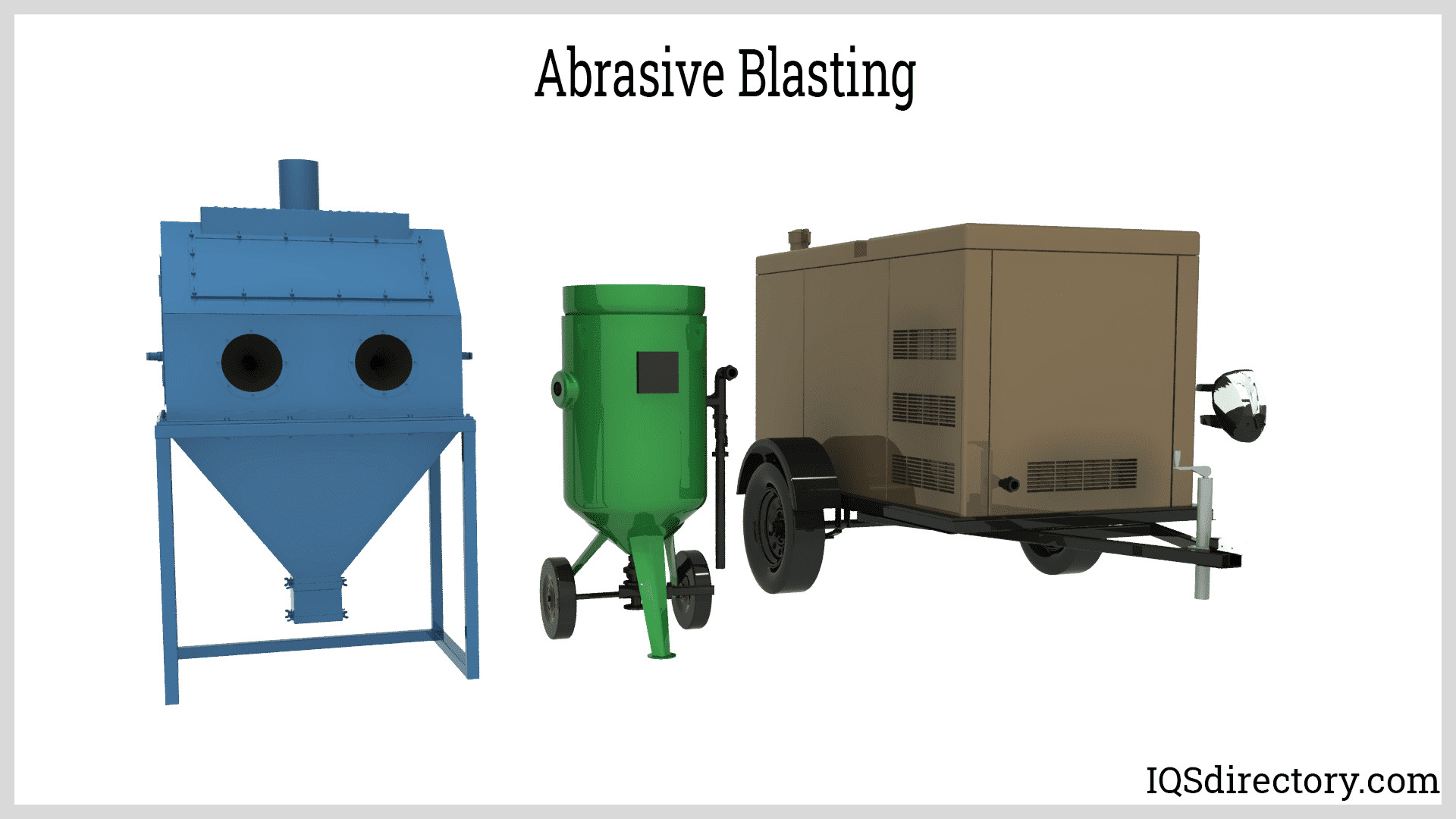
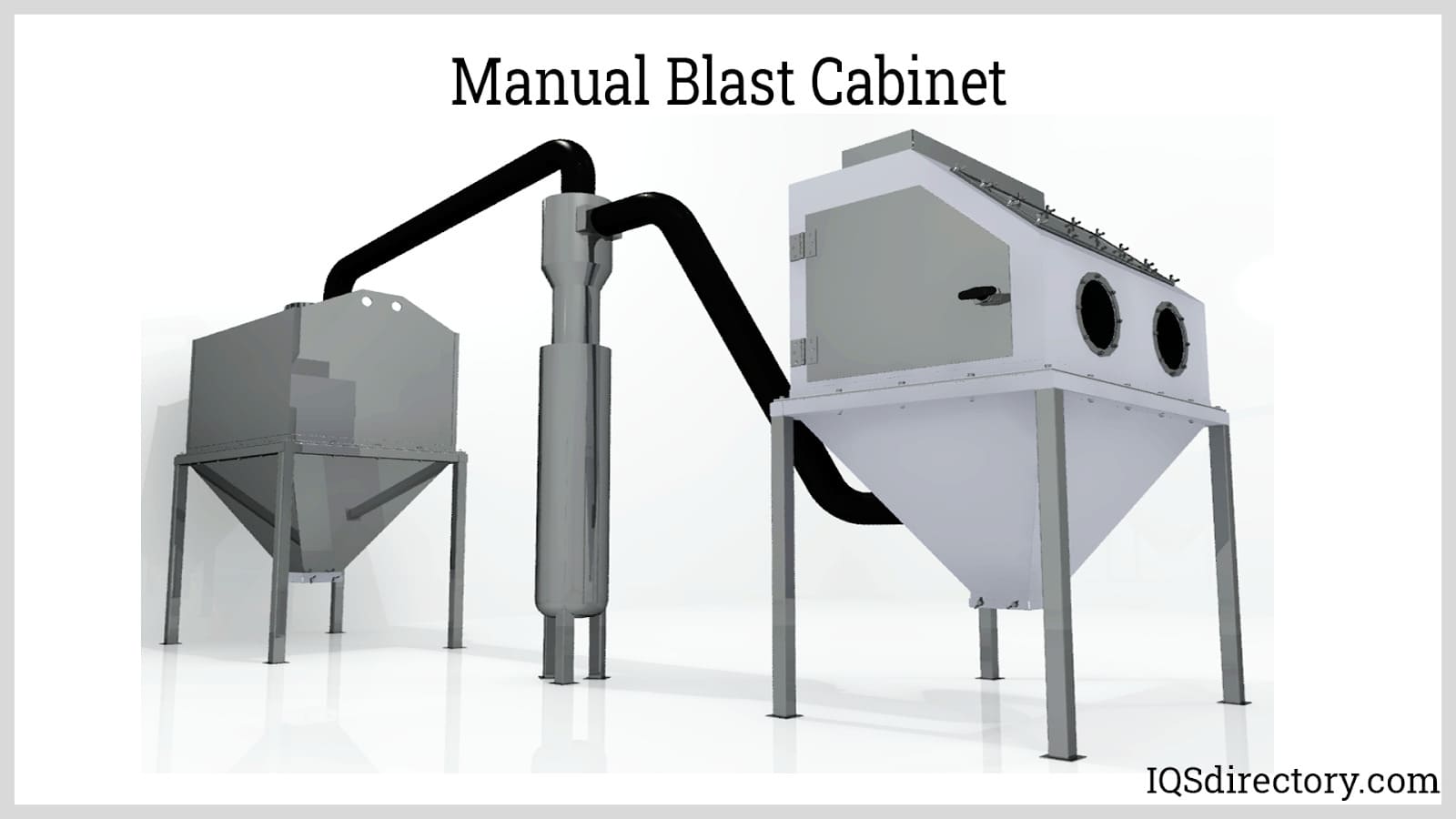
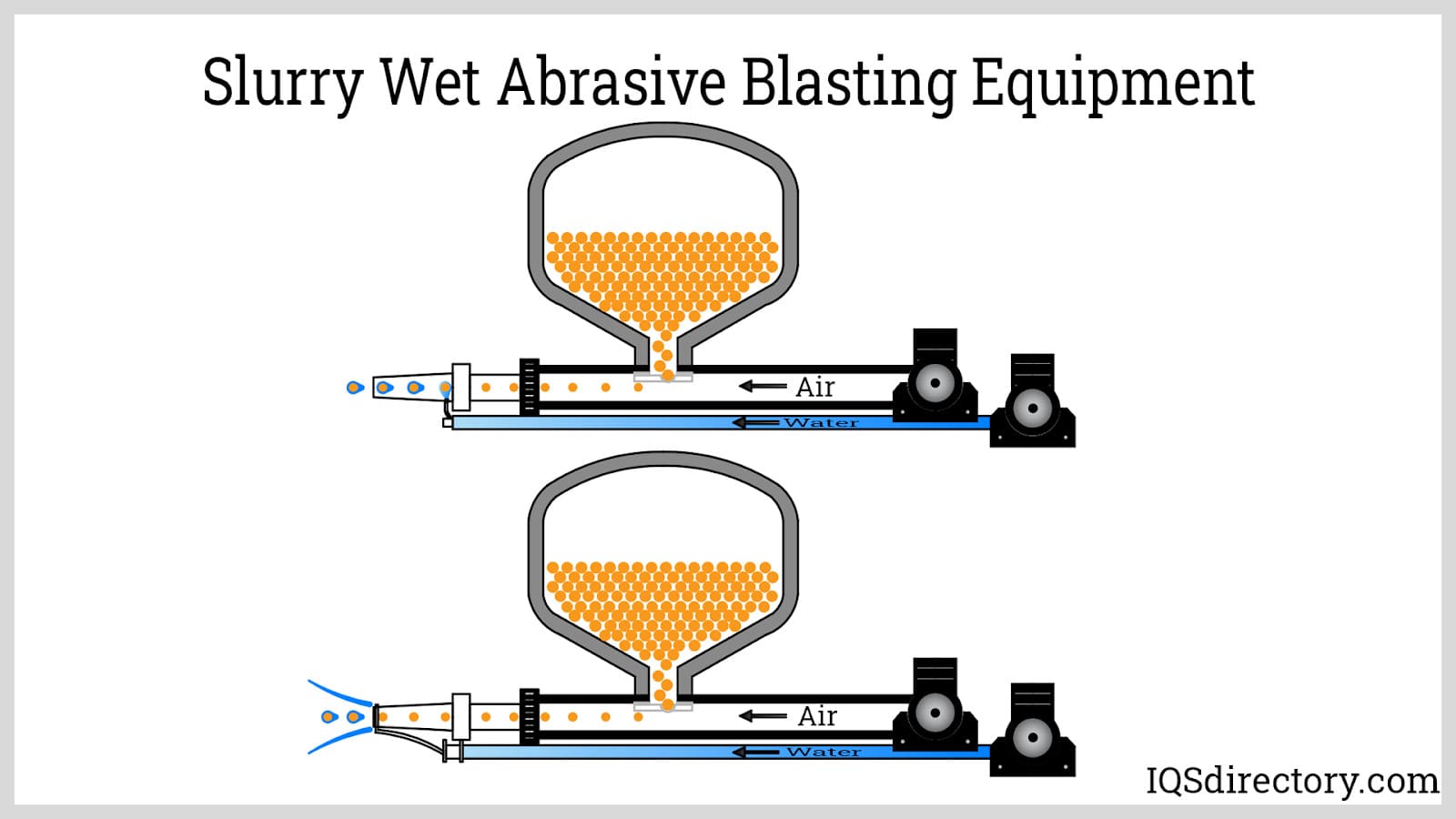
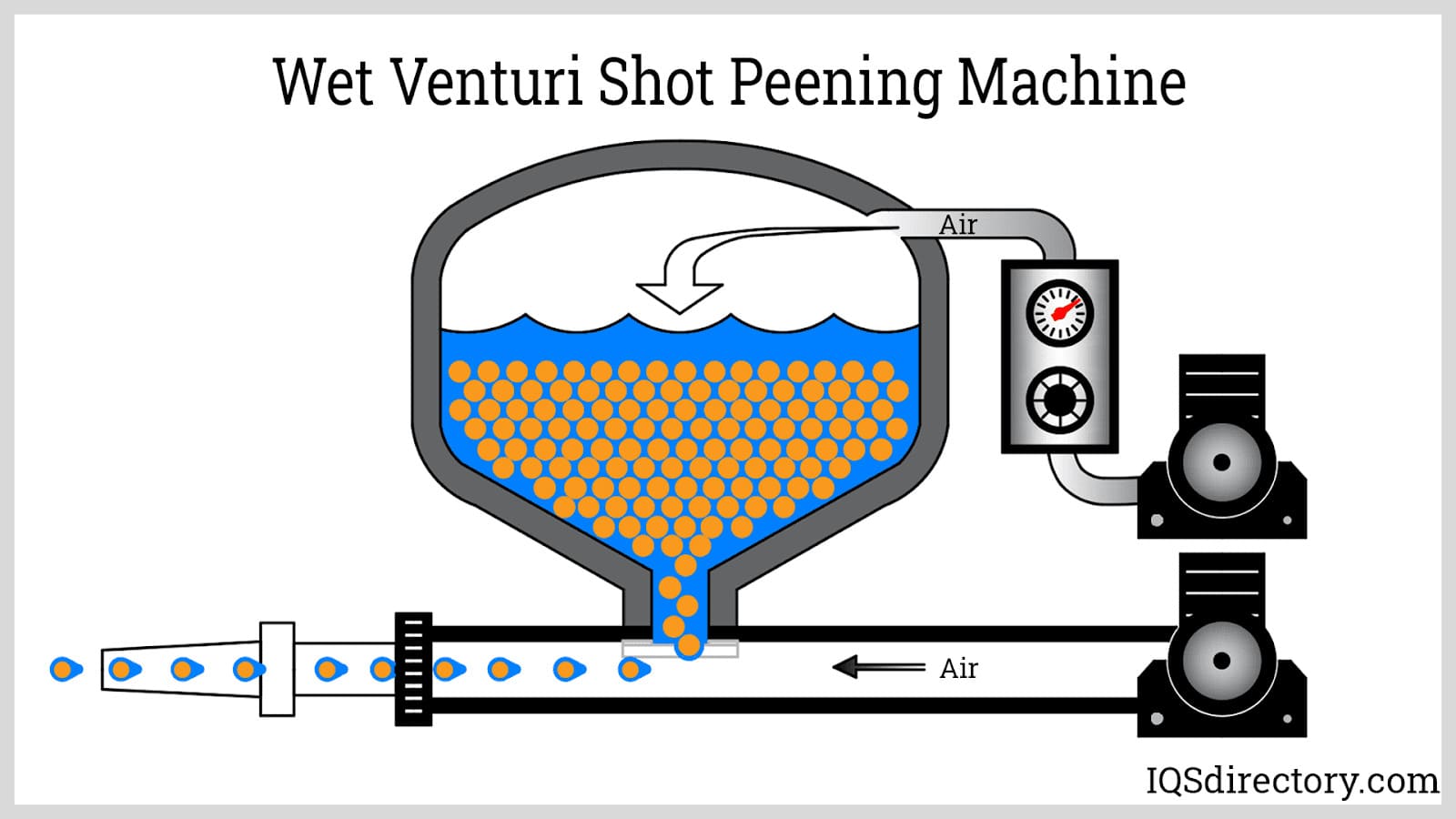
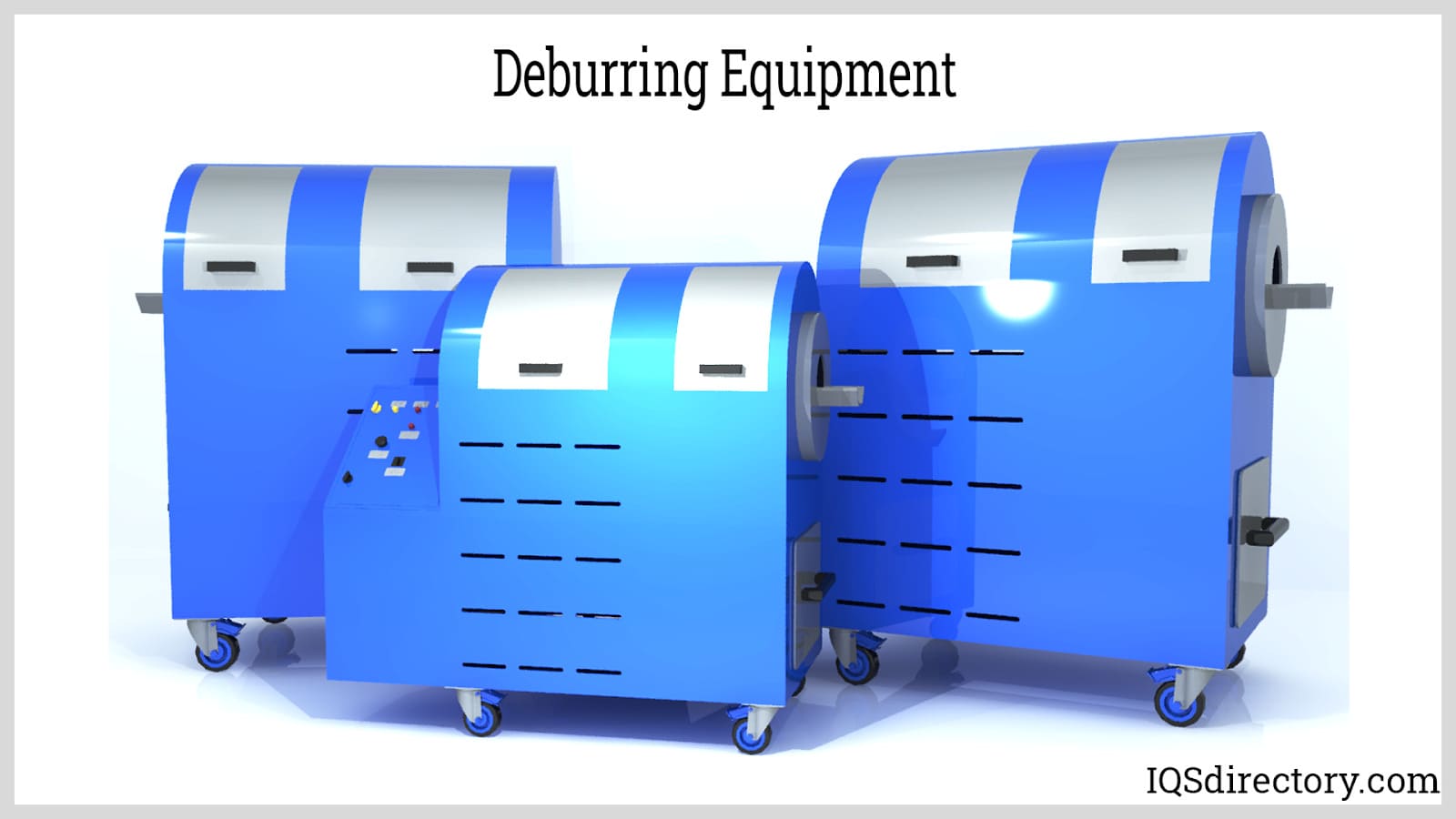
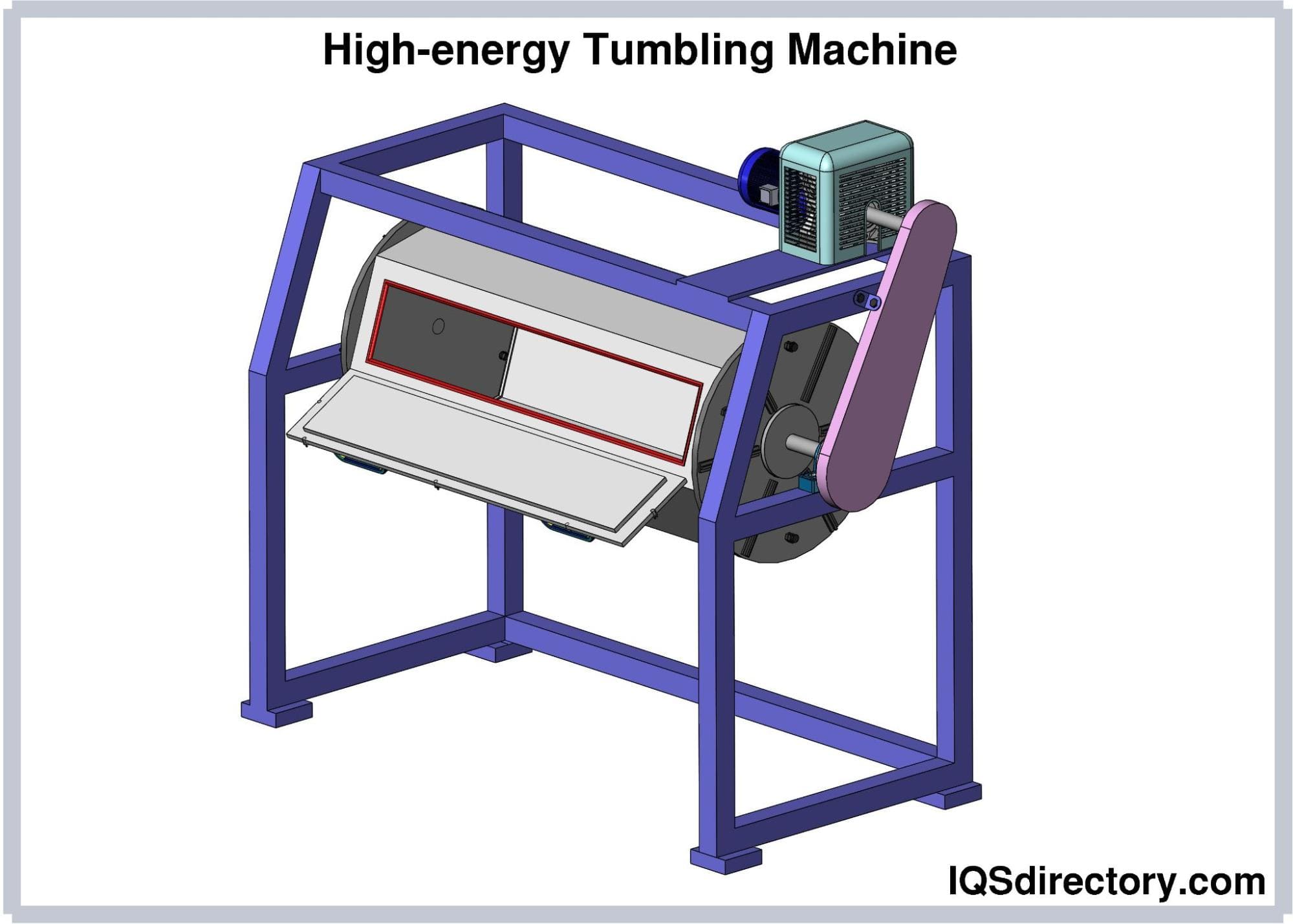
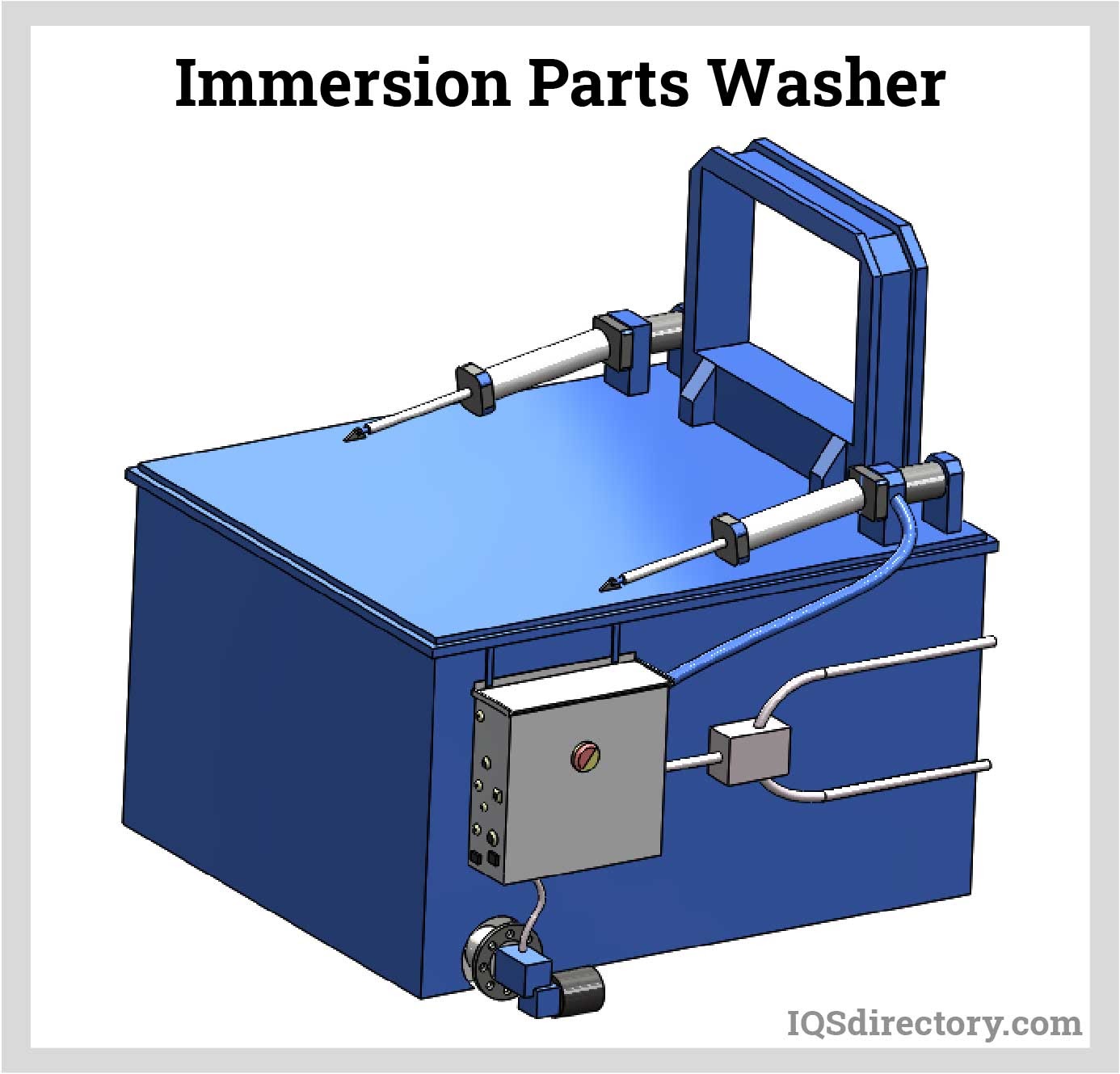
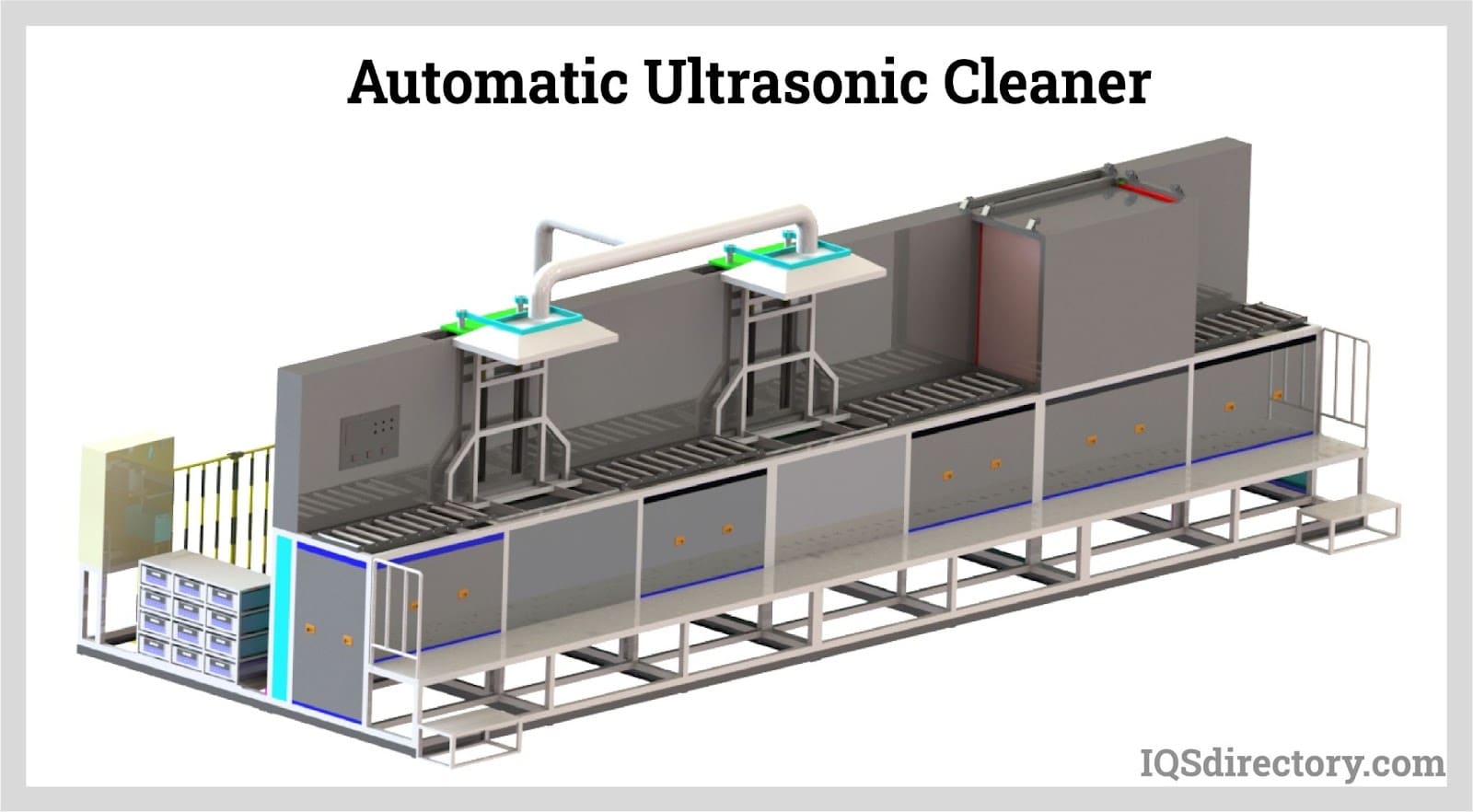
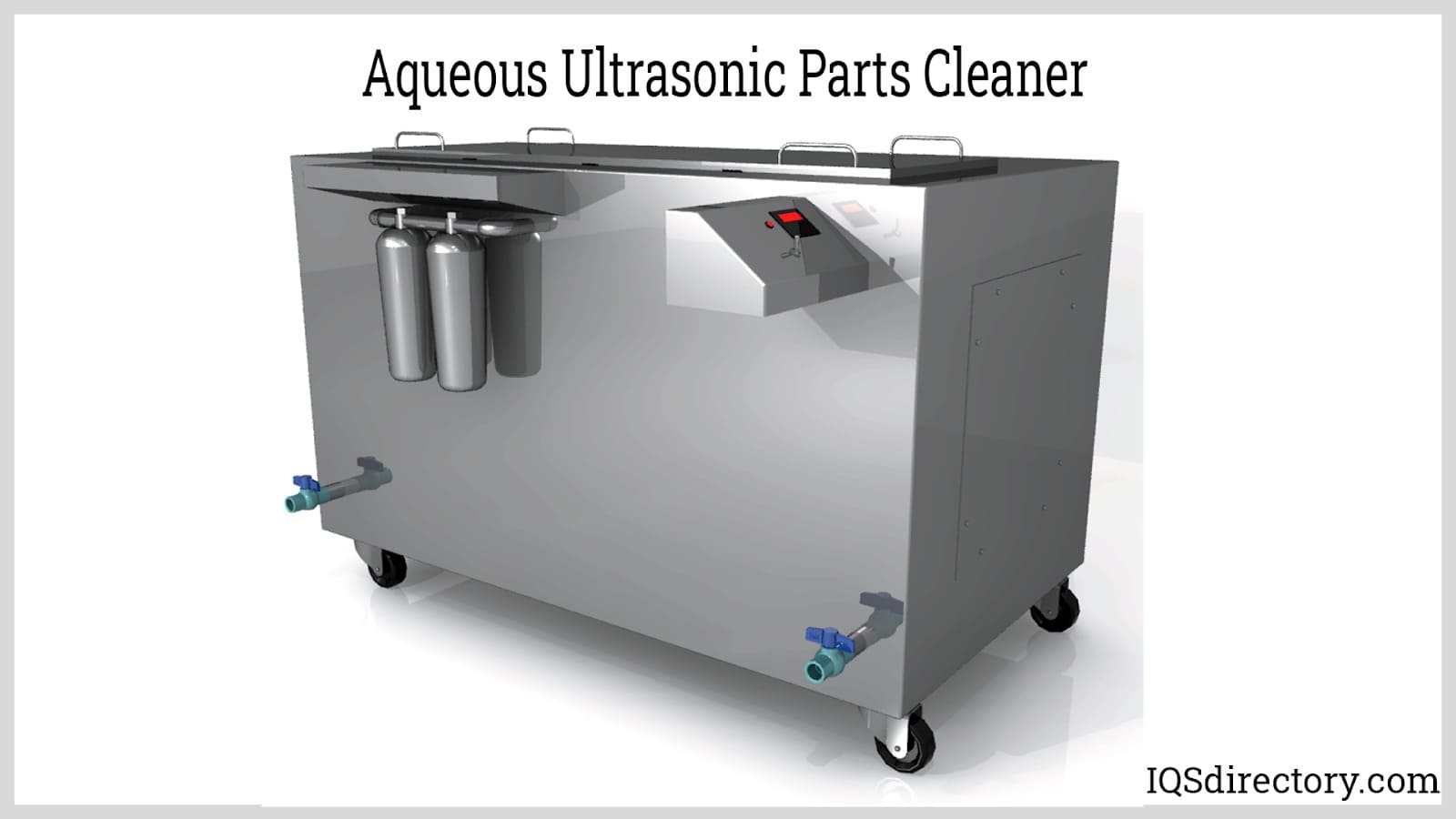
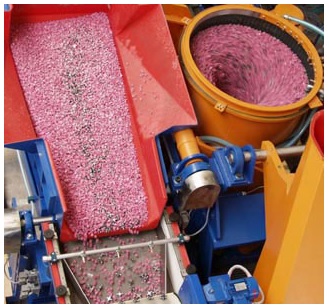 Deburring Machinery
Deburring Machinery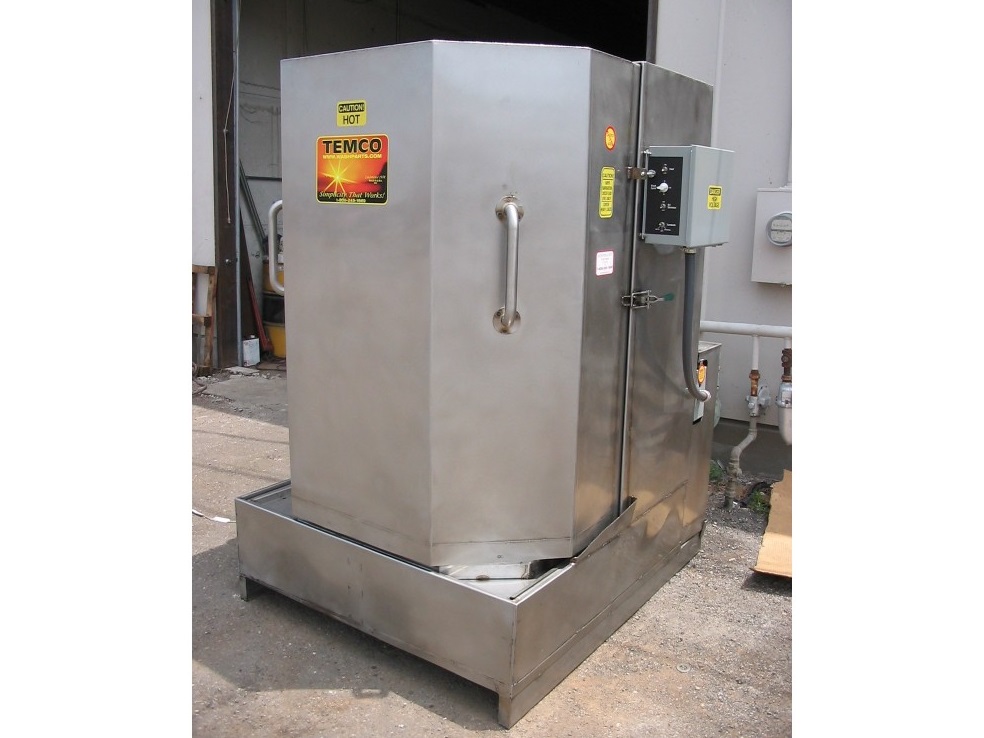 Industrial Parts Washers
Industrial Parts Washers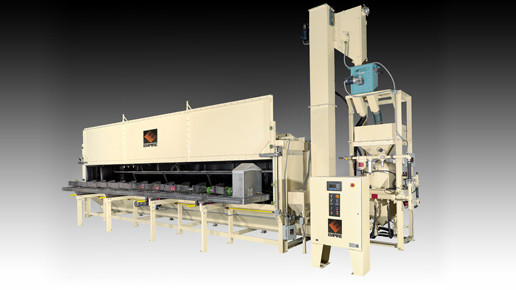 Sandblast Equipment
Sandblast Equipment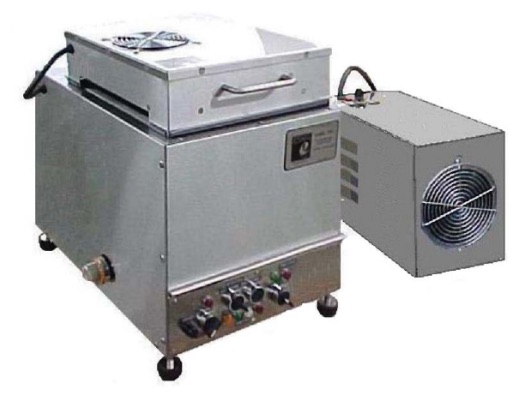 Ultrasonic Cleaners
Ultrasonic Cleaners Castings & Forgings
Castings & Forgings Bulk Material Handling
Bulk Material Handling Electrical & Electronic Components
Electrical & Electronic Components Flow Instrumentation
Flow Instrumentation Hardware
Hardware Material Handling Equipment
Material Handling Equipment Metal Cutting Services
Metal Cutting Services Metal Forming Services
Metal Forming Services Metal Suppliers
Metal Suppliers Motion Control Products
Motion Control Products Plant & Facility Equipment
Plant & Facility Equipment Plant & Facility Supplies
Plant & Facility Supplies Plastic Molding Processes
Plastic Molding Processes Pumps & Valves
Pumps & Valves Recycling Equipment
Recycling Equipment Rubber Products & Services
Rubber Products & Services